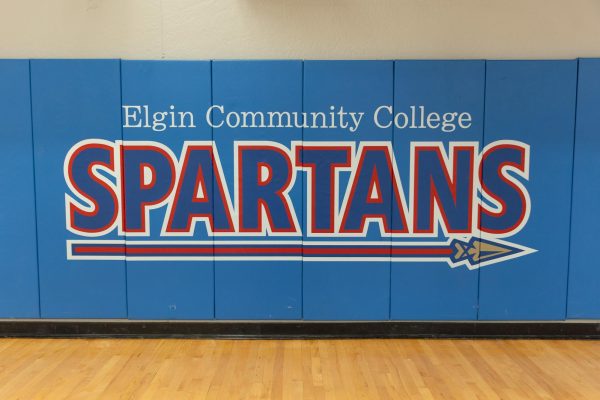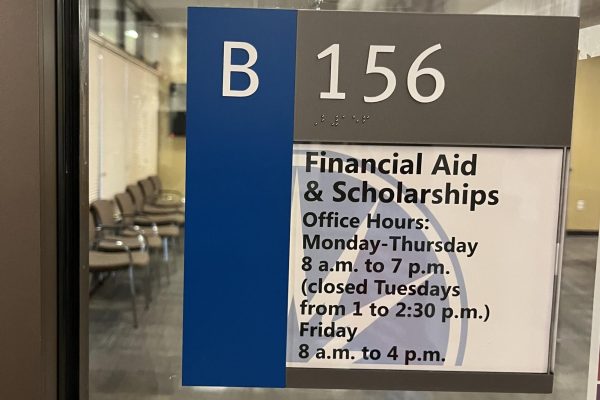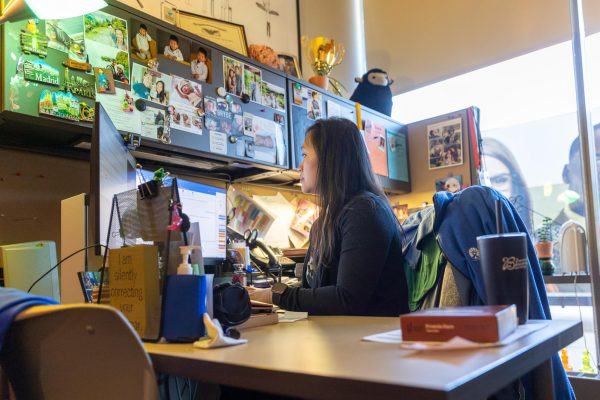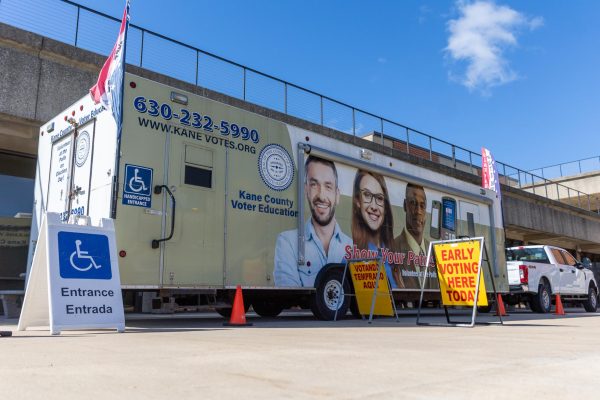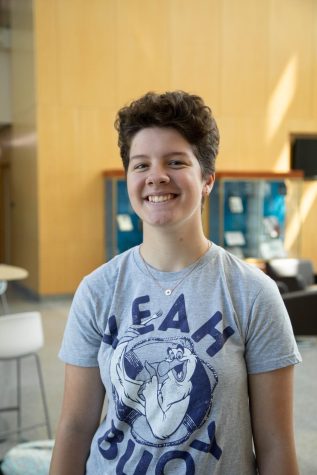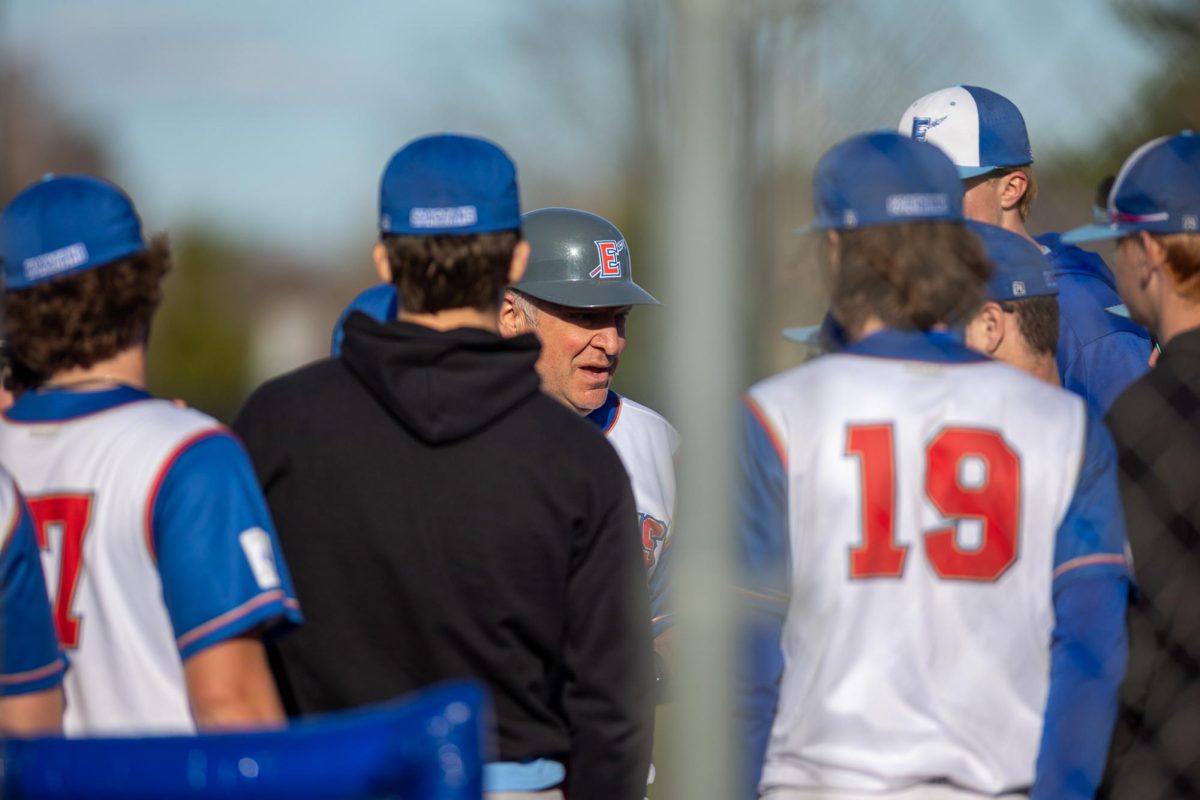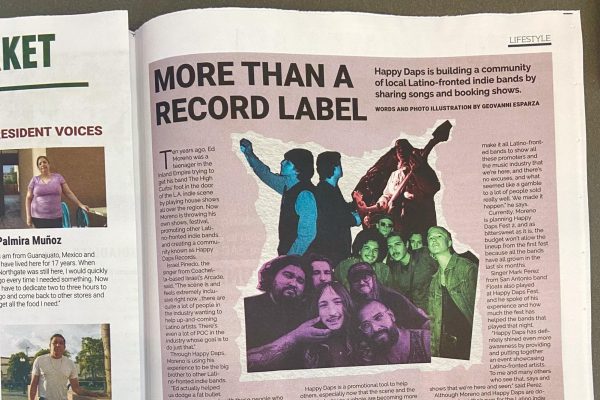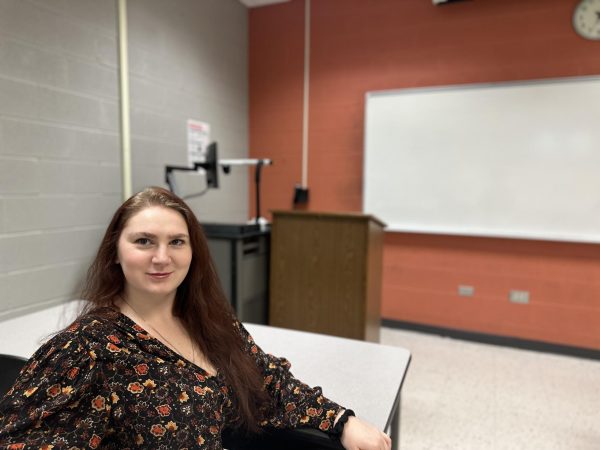More than medicine: Inside the lives of pharmacy workers
Many ECC students work in pharmacies.
December 9, 2022
December has arrived, and so has cold and flu season. While many of us will need a prescription, have we ever stop to consider the people who hand us those bottles?
“It’s a little bit more stressful than most jobs,” said Alejandro Santoyo, a pharmacy technician at Northeastern Illinois University and ECC alum. Though he began his career out of a desire to help others, he had his work cut out for him. The classes were intense, and most of his early career consisted of grunt work. He has since opted out of his school’s pharmacy program, as it proved too rigorous.
Santoyo still works at a pharmacy. Having spent over five years in the field, Santoyo cites getting close to patients as one of his greatest potential stressors.
“It’s more than just friendly talk,” Santoyo said of the interactions with his customers. And, when those same customers stop picking up their medications, he cannot help but assume the worst. It’s not entirely uncommon for relationships with patients to end as abruptly as they begin, although he does enjoy many parts of the job.
“When it comes to customers, the good outweighs the bad,” Santoyo said.
That isn’t to say he hasn’t had his fair share of trouble, however.
Santoyo explains that insurance is especially difficult to navigate. While customers may assume the process is straightforward, there are many plans and tiers to make sense that affect pricing and insurance. Pharmacy technicians often have to be the bearers of bad news.
“We tend to catch blame for issues that aren’t our fault,” Santoyo said. “We can’t do anything about it.”
Another pharmacy technician, ECC second-year student Yenitzel Elizalde, works in the pharmacy at CVS. Elizalde used to work in the fast food business, but switched to pharmacy work as a stepping stone for her future career in nursing. She was accepted into the pharmacy technician license program in December of 2021. Elizalde notes the two occupations aren’t much different.
“As soon as you open the gates, there’s a line,” Elizalde said. “There’s already a line of customers waiting for their prescriptions, and they get really upset when we tell them the wait times.”
She also explains how customers in the pharmacy get upset over small things, making her job like a ticking time bomb.
“Sometimes the patients have to do things on their part,” Elizalde said. “They sometimes have to call their own doctors instead of us doing it. But if they have to call their own doctor, they get upset.”
Elizalde says her pharmacy has to fill an average of 200 prescriptions a day but can get up to 300 prescriptions on a busy day. She must repeat those eggshell interactions countless times every day, working hard from opening to closing.


